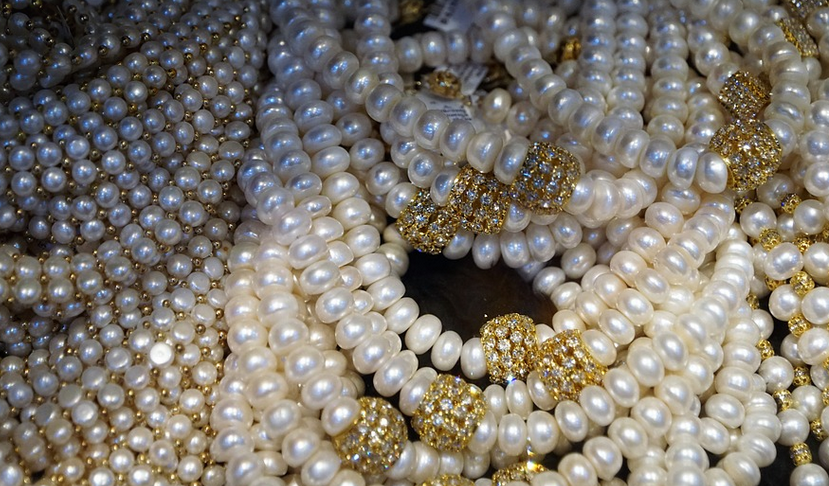A Deep Dive into the World of Sandblasting Gloves
We all know that sand blasting is a powerful tool for achieving precise and professional results in various industries, from metal fabrication to concrete restoration. But what seems like an incredible force behind removing unwanted materials can also be incredibly rough on our hands.
Sand blasting involves releasing abrasive particles at high speeds across surfaces, creating friction and removing material with remarkable accuracy. This process is crucial for projects ranging from delicate surface polishing to heavy-duty rust removal.
But even though this technology can seem like a science-fiction marvel, it doesn’t mean we have to sacrifice our hand safety. Fortunately, there are special gloves designed specifically for sand blasting and they offer unparalleled protection against the abrasive forces of this process.
Why Sand Blasting Gloves Are Essential
As you might imagine, sandblasting can unleash some incredibly powerful forces on your skin. These forces come in many forms: high impact from flying shards, sharp abrasions, and intense pressure. It’s no wonder that these gloves are crucial for protecting yourself and ensuring a safe working environment.
Regular work gloves simply won’t cut it when dealing with sandblasting. They may offer basic protection from some hazards but they lack the specialized features needed to withstand these types of forces. The impact resistance, abrasion resistance, and overall durability demanded by sandblasting require a different kind of glove altogether.
Think about it this way: Would you attempt to tackle a rough climb in your regular running shoes? No! You’d choose sturdy hiking boots. Sandblasting is like that – you need the right gear for optimal performance and safety.
The Anatomy of a Good Sand Blasting Glove
A good set of sand blasting gloves goes beyond just providing basic coverage. These gloves have been engineered to withstand the rigors of this specific application, offering various layers of protection that work in tandem to prevent injury.
Let’s break down some key features:
* **Material:** High-quality leather is a classic choice for sandblasting gloves because it combines flexibility with strength and durability. It can withstand high contact force while remaining comfortable. * **Reinforced Palm & Fingers:** The palm and fingers are reinforced with thicker, more resilient materials to handle the brunt of impact and abrasion from flying particles. This ensures that your hands are well-protected from scratches or cuts during the process. * **Wrist Protection:** A secure wrist cuff can be a game-changer for sandblasting gloves. It creates an airtight seal, minimizing dust and debris entry while preventing accidental injury from flying abrasives.
Remember that these gloves shouldn’t just shield your hands from physical harm; they should also offer some level of thermal protection.
* **Thermal Insulation:** Consider gloves with a layer of insulating material like fleece or Thinsulate. This will help prevent coldness and fatigue for long, strenuous sessions, allowing you to focus on the task at hand without discomfort.
Choosing the Right Sand Blasting Gloves: A Guide
Finding the perfect pair of sandblasting gloves can make a big difference in your day-to-day experience. Think about these factors when making your selection:
* **Level of Protection:** Are you working on delicate surfaces or rough, hard materials? The level of protection required will influence the type of glove you choose. * **Abrasive Resistance:** Choose gloves made with thicker materials to withstand abrasive particles and protect against cuts. * **Fit and Comfort:** A true fit is essential for maximum performance. The gloves should be snug without feeling overly restrictive, allowing for freedom of movement while ensuring optimal protection.
Ultimately, the right sandblasting glove ensures your hands stay safe during this demanding process. They’re an investment in your well-being and a key element to successful sandblasting projects.
